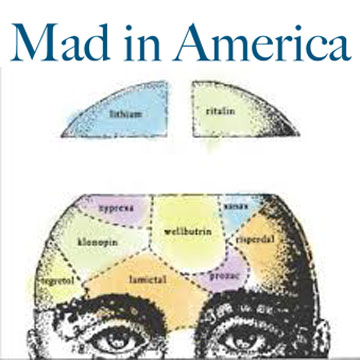I am now back at the Science and Nonduality Conference. Last year at the conference, I was blown away in tears to listen to a scientist come as close as I have found to how I experience the nature of human existence.
I believe that many who get labeled psychotic have at least begun to experience some of the implications of time not existing separate from an observer and the complete referential nature of everything that can be experienced when the illusion of separateness is pierced.
In time I hope those once in the position of giving the psychotic label for experience will become able to integrate the information from the different sciences enough to instead give some scientific validation for the same experience.
Robert Lanza made a valiant effort last year at the conference in this talk to light the path.

